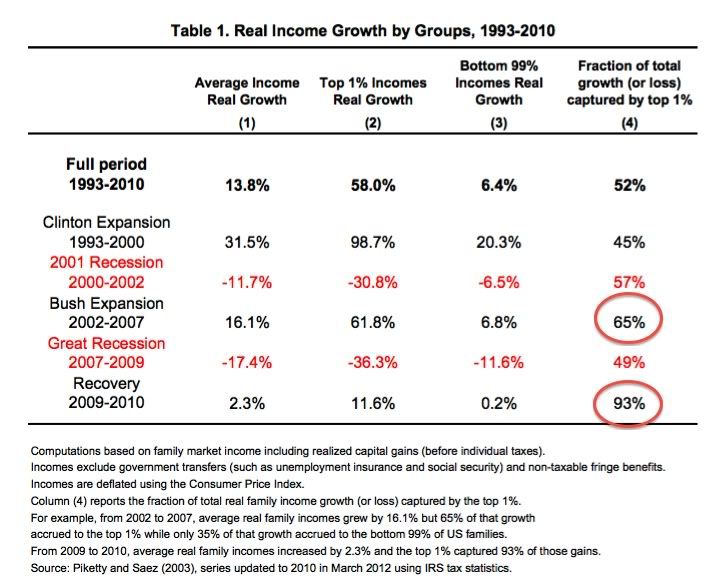In a Web-exclusive interview, political scientist Adolph Reed Jr. talks with Bill Moyers about his new article in the March issue of Harper’s Magazine – a challenge to America’s progressives provocatively titled, “Nothing Left: The Long, Slow Surrender of American Liberals.”
In the piece, Reed writes that Democrats and liberals have become too fixated on election results rather than aiming for long term goals that address the issues of economic inequality, and that the administrations of Bill Clinton and Barack Obama too often acquiesced to the demands of Wall Street and the right.
As a result, Reed tells Moyers, the left is no longer a significant force in American politics. “If we understand the left to be anchored to our convictions that society can be made better than it actually is, and a commitment to combating economic inequality as a primary one, the left is just gone.”
Liberals Face a Hard Day’s Knight?
By Michael Winship, Moyers and Company
That’s a pretty pathetic knight up there on the cover of the March issue of Harper’s Magazine. Battered and defeated, his shield in pieces, he’s slumped and saddled backwards on a Democratic donkey that has a distinctly woeful – or bored, maybe – countenance. It’s the magazine’s sardonic way of illustrating a powerful throwing down of the gauntlet by political scientist Adolph Reed, Jr. He has challenged the nation’s progressives with an article in the magazine provocatively titled “Nothing Left: The Long, Slow Surrender of American Liberals.”
His thesis flies in the face of a current spate of articles and op-ed columns touting a resurgence of progressive politics within the Democratic Party – often pointing to last year’s elections of Senator Elizabeth Warren in Massachusetts and Bill de Blasio as mayor of New York City as evidence – although at the same time many of the pieces note that the wave is smashing up against a wall of resistance from the corporate wing of the party. [..]
Reed says that the presidencies of Democrats Bill Clinton and Barack Obama too often acquiesced to the demands of Wall Street and the right. Of Clinton’s White House years, he clams, “It is difficult to imagine that a Republican administration could have been much more successful in advancing Reaganism’s agenda.” And President Obama “has always been no more than an unexceptional neo-liberal Democrat with an exceptional knack for self-presentation persuasive to those who want to believe, and with solid connections and considerable good will from the corporate and financial sectors… his appeal has always been about the persona he projects – the extent to which he encourages people to feel good about their politics, the political future, and themselves through feeling good about him – than about any concrete vision or political program he has advanced. And that persona has always been bound up in and continues to play off complex and contradictory representations of race in American politics.”
“The left has no particular place it wants to go,” Reed asserts. “And, to rehash an old quip, if you have no destination, any direction can seem as good as any other… the left operates with no learning curve and is therefore always vulnerable to the new enthusiasm. It long ago lost the ability to move forward under its own steam…”
Up dated with a link to Prof. Reid’s article in Harper’s Magazince
The Long, Slow Surrender of American Liberals
For nearly all the twentieth century there was a dynamic left in the United States grounded in the belief that unrestrained capitalism generated unacceptable social costs. That left crested in influence between 1935 and 1945, when it anchored a coalition centered in the labor movement, most significantly within the Congress of Industrial Organizations (CIO). It was a prominent voice in the Democratic Party of the era, and at the federal level its high point may have come in 1944, when FDR propounded what he called “a second Bill of Rights.” Among these rights, Roosevelt proclaimed, were the right to a “useful and remunerative job,” “adequate medical care,” and “adequate protection from the economic fears of old age, sickness, accident, and unemployment.”
The labor-left alliance remained a meaningful presence in American politics through the 1960s. What have become known as the social movements of the Sixties – civil rights activism, protests against the Vietnam War, and a renewed women’s movement – were vitally linked to that egalitarian left. Those movements drew institutional resources, including organizing talents and committed activists, from that older left and built on both the legislative and the ideological victories it had won. But during the 1980s and early 1990s, fears of a relentless Republican juggernaut pressured those left of center to take a defensive stance, focusing on the immediate goal of electing Democrats to stem or slow the rightward tide. At the same time, business interests, in concert with the Republican right and supported by an emerging wing of neoliberal Democrats, set out to roll back as many as possible of the social protections and regulations the left had won. As this defensiveness overtook leftist interest groups, institutions, and opinion leaders, it increasingly came to define left-wing journalistic commentary and criticism. New editorial voices – for example, The American Prospect – emerged to articulate the views of an intellectual left that defined itself as liberal rather than radical. To be sure, this shift was not absolute. Such publications as New Labor Forum, New Politics, Science & Society, Monthly Review, and others maintained an oppositional stance, and the Great Recession has encouraged new outlets such as Jacobin and Endnotes. But the American left moved increasingly toward the middle.
Today, the labor movement has been largely subdued, and social activists have made their peace with neoliberalism and adjusted their horizons accordingly. Within the women’s movement, goals have shifted from practical objectives such as comparable worth and universal child care in the 1980s to celebrating appointments of individual women to public office and challenging the corporate glass ceiling. Dominant figures in the antiwar movement have long since accepted the framework of American military interventionism. The movement for racial justice has shifted its focus from inequality to “disparity,” while neatly evading any critique of the structures that produce inequality.


